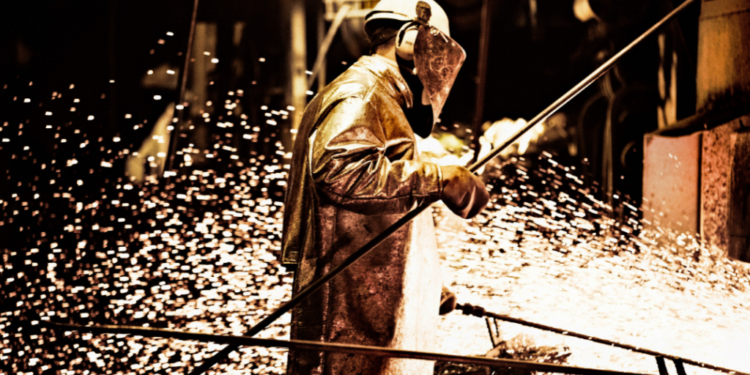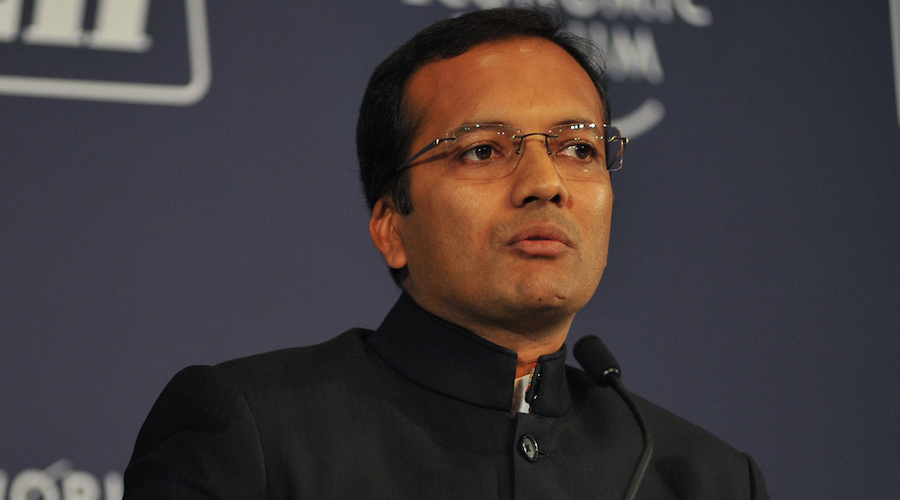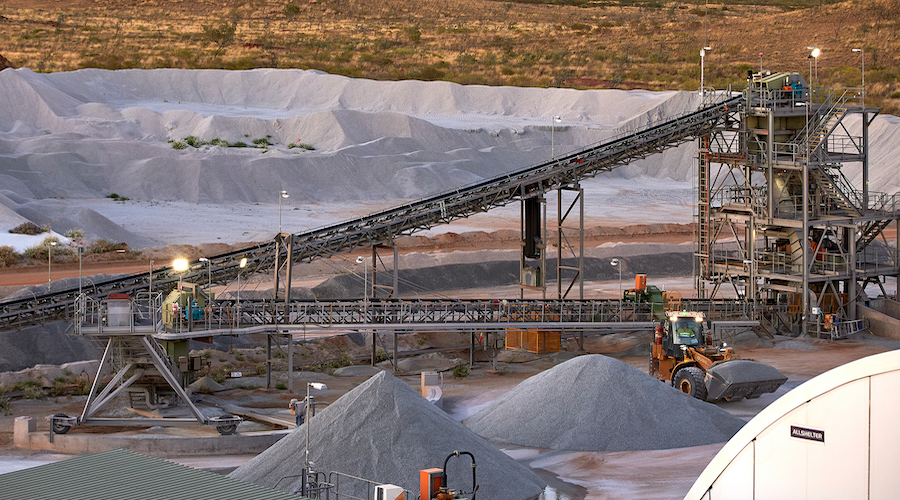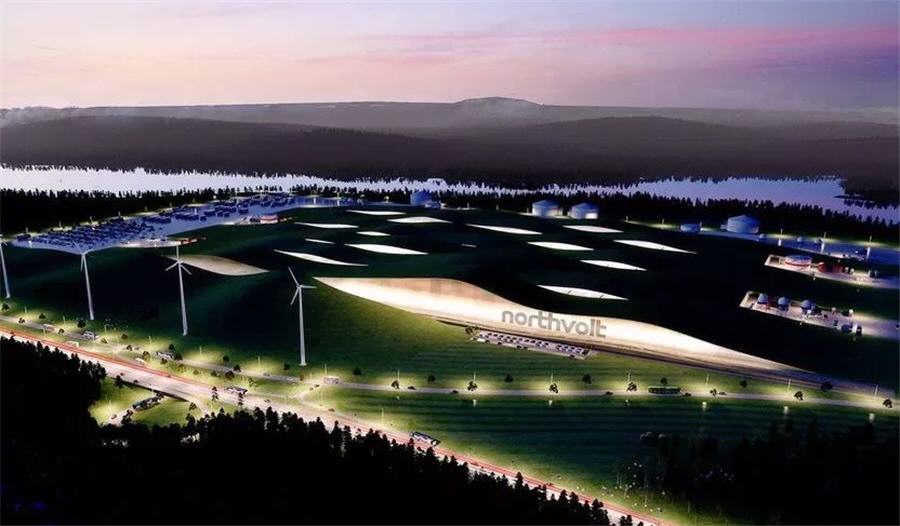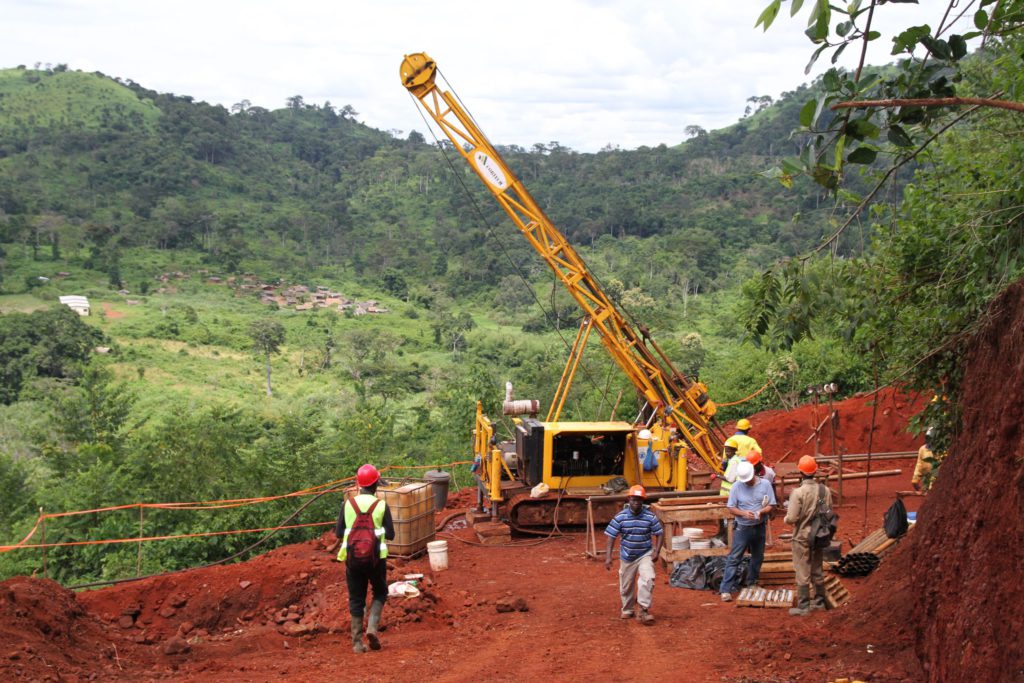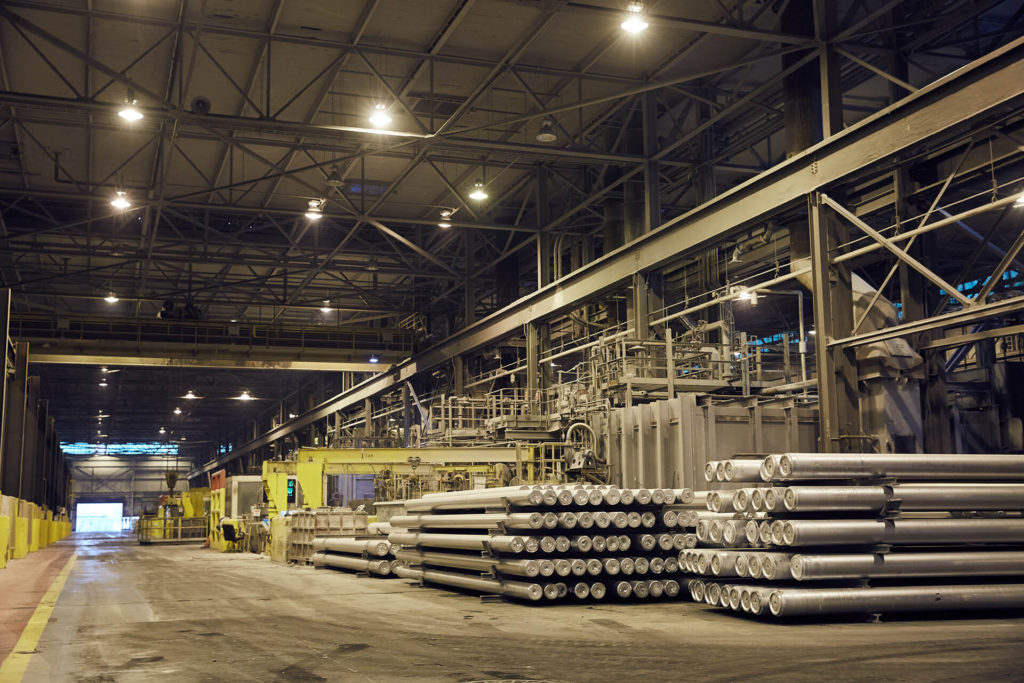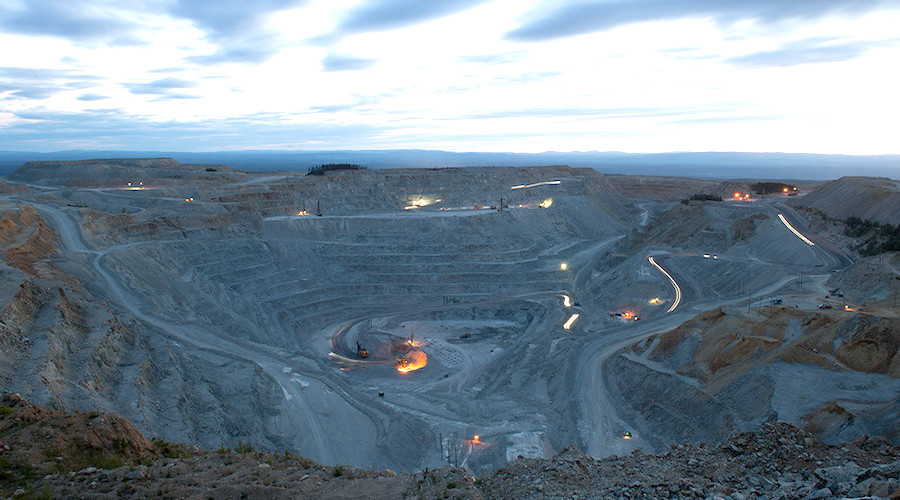AI Infiltrates Oil Industry To Speed Up Drilling, Cut Costs
- AI-powered technologies are helping the industry to produce more oil and gas for less money.
- Bloomberg: AI tech hadshelped shale drillers shorten the average period for drilling a new well by a whole day and the period for fracking that well by three days.
- Evercore: AI and other tech could bring costs in the shale patch down by double digits as soon as this year.
Many tech analysts have accused the oil industry of being too slow to adopt new technology. Yet the industry is itself the source of much technological progress in its narrow, specialized field.
Over the past ten years, however, oil and gas have started to open up for digital technology and automation. In fact, the energy industry has very much embraced all things digital and AI. And now, these technologies are helping it produce more oil and gas for less money.
Bloomberg recently reported how the oil industry was using artificial intelligence to improve drilling in the shale patch and boost the recovery rates of fracked wells. This is quite an important step for the industry, which until quite recently appeared to prefer to use the power of computers for things like seismic surveys and pipeline monitoring.
Back in 2018, a KPMG survey found that many oil and gas companies were already adopting artificial intelligence or planning to adopt it soon. Of course, at the time, “artificial intelligence” usually referred to tech such as predictive analytics and machine learning, and yet it was proving helpful enough to merit the attention of oil executives.
“Technology is disrupting the status quo in the oil and gas industry. AI and robotic solutions can help us create models that will predict behavior or outcomes more accurately, like improving rig safety, dispatching crews faster, and identifying systems failures even before they arise,” said one of the authors of the survey, KPMG’s Global Sector Head for Energy and Natural Resources in the United States, said at the time in comments on the findings.
All this is still true and digital technology is being used ever more widely in the energy industry. The U.S. shale patch is a natural early adopter because production costs there tend to be generally higher than they are in conventional oil and gas drilling. But thanks to tech, these costs are coming down as drilling times accelerate—and accuracy is improving too.
Bloomberg noted in its recent report that technology had helped shale drillers shorten the average period for drilling a new well by a whole day and the period for fracking that well by three days. A day saved is a day’s costs saved. Then there is the drilling of longer horizontal wells that last year contributed significantly to higher-than-expected well productivity in the shale patch. And it would not have been possible without digital technology.
According to Evercore ISI, AI and other tech could bring costs in the shale patch down by double digits as soon as this year. “There’ll be significant cost savings, at a minimum double digits, but probably in the 25% to 50% of cost savings in certain scenarios,” Evercore analyst James West told Bloomberg.
These are some significant cost savings, for sure. And if they do materialize, they would certainly enable higher production—if the industry develops an appetite for it. This used to be the natural order of things: whenever drillers found a cheaper way to drill, that was what they did, boosting production.
Now, times are somewhat different. Oil and gas companies do plan for higher production—but within limits as they continue to prioritize shareholder returns and capital discipline. Yet digital tech adoption will likely intensify—because it can apparently help oil and gas companies meet their climate-related targets.
Right now, there is a campaign gathering speed against methane emissions. Just an afterthought a few years ago when everyone focused on CO2, methane has now become a public climate enemy in its own right because of its more powerful, though shorter-lived, greenhouse effect.
Methane emission tracking and monitoring—and ultimately reduction—is becoming a priority area for the energy industry. This is one area where digital technology would certainly come in handy, especially since it is already used for monitoring and risk assessment.
AI and other tech will also come in handy in boosting operational efficiency. Remote drilling and monitoring is a big growth area, and so is equipment failure prediction, which is crucial in this industry. Baker Hughes, for example, boasts it can predict equipment failure for 65% of a client’s wells in the Permian. It wants to boost this to 70%, and it probably will before too long.
Perhaps most importantly, however, is that AI and the rest of what we collectively call digital tech could help oil and gas with its talent shortage problem. Fewer and fewer college-age people are choosing a career in oil and gas. That’s in large part a result of a concerted effort by climate NGOs to discourage them from choosing such a career and, in part, due to the long-term uncertainty of such a career. Cyclical industries are famous for it. Many young people also apparently dislike the physical demands of oilfield work.
Yet the tightening embrace between oil and gas and digital technology is attracting a new sort of talent that does not mind working in the oil and gas industry as long as that work is conducted in an office and not the field. The adoption of things like AI, automation, and predictive analytics is changing the reputation of oil and gas—and for the better this time. And it is changing the industry itself.
By Irina Slav for Oilprice.com

 Gallium is used in semiconductors as well as defence systems. Credit: BeataGFX via Shutterstock.com.
Gallium is used in semiconductors as well as defence systems. Credit: BeataGFX via Shutterstock.com.